Mark Gatiss, in his narration for the Doctor Who Worlds of Wonder exhibition, astutely observes that the show is rooted in science. This is evident in its portrayal of alien life, including both monstrous creatures and humanoid allies. Dr. Vladimir Blagoderov, Principal Curator of Invertebrates, explores the expansive legendarium of Doctor Who and how its extraterrestrial beings fit into the taxonomy of life on Earth.
As someone who did not grow up with access to Western programs, I was a latecomer to the Doctor Who phenomenon. It was not until my daughter, Tatiana, a devoted fan of the show, introduced me to it during our time in London that I truly discovered its magic. Together, we watched every available episode multiple times, and my appreciation for the series has only grown with each viewing.
As a taxonomist, I approach Doctor Who with both awe and professional curiosity. My work involves discovering, naming, describing, classifying, and organizing new species within a hierarchical system that reflects their evolutionary relationships. With its vast array of otherworldly creatures, Doctor Who presents a fascinating challenge for anyone interested in the diversity of life forms. By delving into its intricate mythology, we can gain a deeper understanding of the show’s imaginative vision and its impact on our collective imagination.

Applying taxonomy to the Doctor Who universe
Taxonomy is the science of categorizing and classifying species based on their evolutionary relationships. When it comes to the expansive universe of Doctor Who, this task can be quite daunting given the show’s impressive range of aliens and monsters. In fact, there are more than 300 species in the TV canon alone.
To make sense of this vast array of imagined life forms, we can apply the same classification methods used for Earth’s living creatures. We can group species with common evolutionary histories or, in the case of species evolving on different planets independently, group them based on their underlying morphology and biochemistry. By doing so, we can sort the species in Doctor Who into five broad categories.
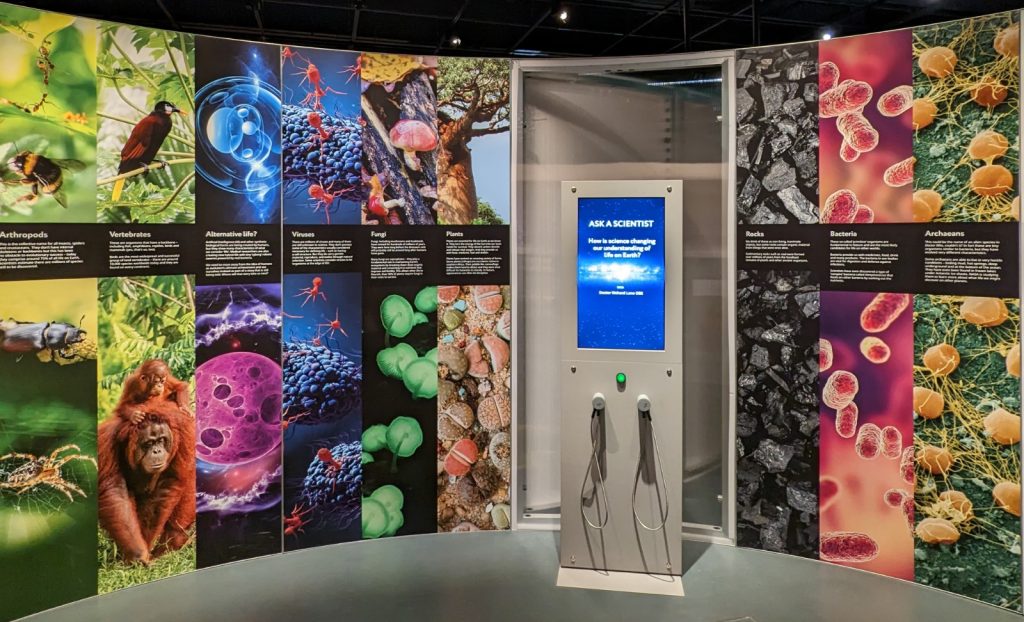
Human descendants and related species
The first category is human descendants and related species. Humans have established multiple colonies throughout the universe and continue to evolve, giving rise to at least two known species, the Futurekind and the Dregs, with other post-human species mentioned in the extended Whoniverse, like Homo solaris. Additionally, many post-human species evolved through hybridization with native life forms. It’s worth noting that Toclafane may not be a separate species but rather augmented humans. This category also includes a closely related species of humans, Homo neanderthalensis, who appeared in the serial Ghost Light.
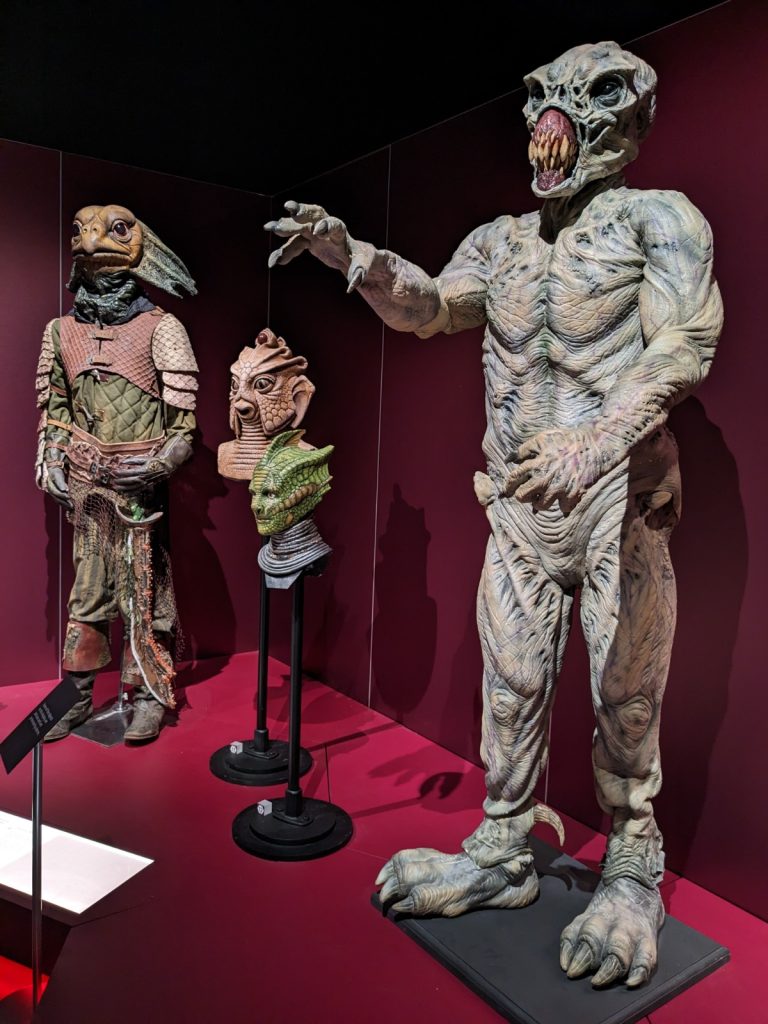
Other Earth intelligent species such as the Silurians and Sea Devils share a common ancestor with humans in the form of a lobed-fin fish called Tiktaalik roseae that lived almost 400 millions years ago. Therefore they also fall in this category.
Humanoid aliens
The second category consists of humanoid aliens. So many of the intelligent species in the Doctor Who universe are bipedal, with large heads containing big brains, two arms, opposable thumbs, and so on. Intriguingly, when Amy Pond said to the Eleventh Doctor, “You look human”, The Doctor replied, “No, you look Time Lord.” While this possibly hints at a shared link, the precise origins of the humanoid form of many intelligent species remains ambiguous in Doctor Who lore.

Most of the aliens in Doctor Who are humanoid, from Kaleds and Thals to Mouri, even though they evolved on different planets independently from humans. Even Weeping Angels preserve a humanoid form despite being creatures we know very little about.
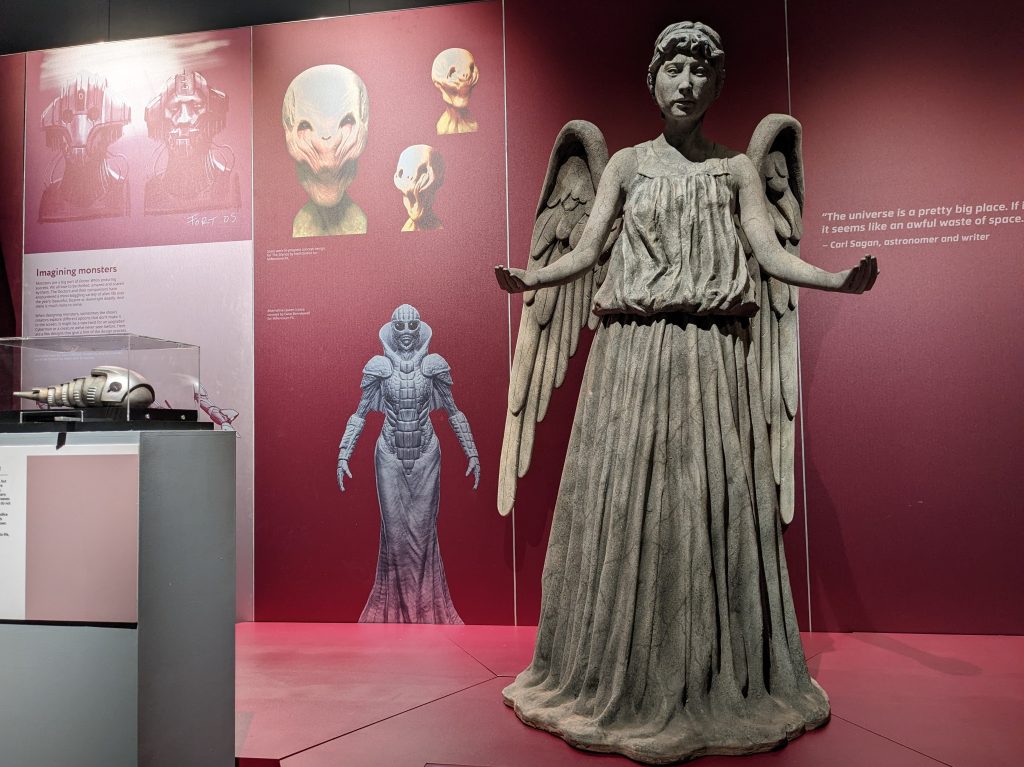
Cyborgs and robots
The third category contains cyborgs and robots. Technologically augmented or artificially created life forms constitute a separate category, even though they might be based on an existing species, like Daleks or Cybermen.
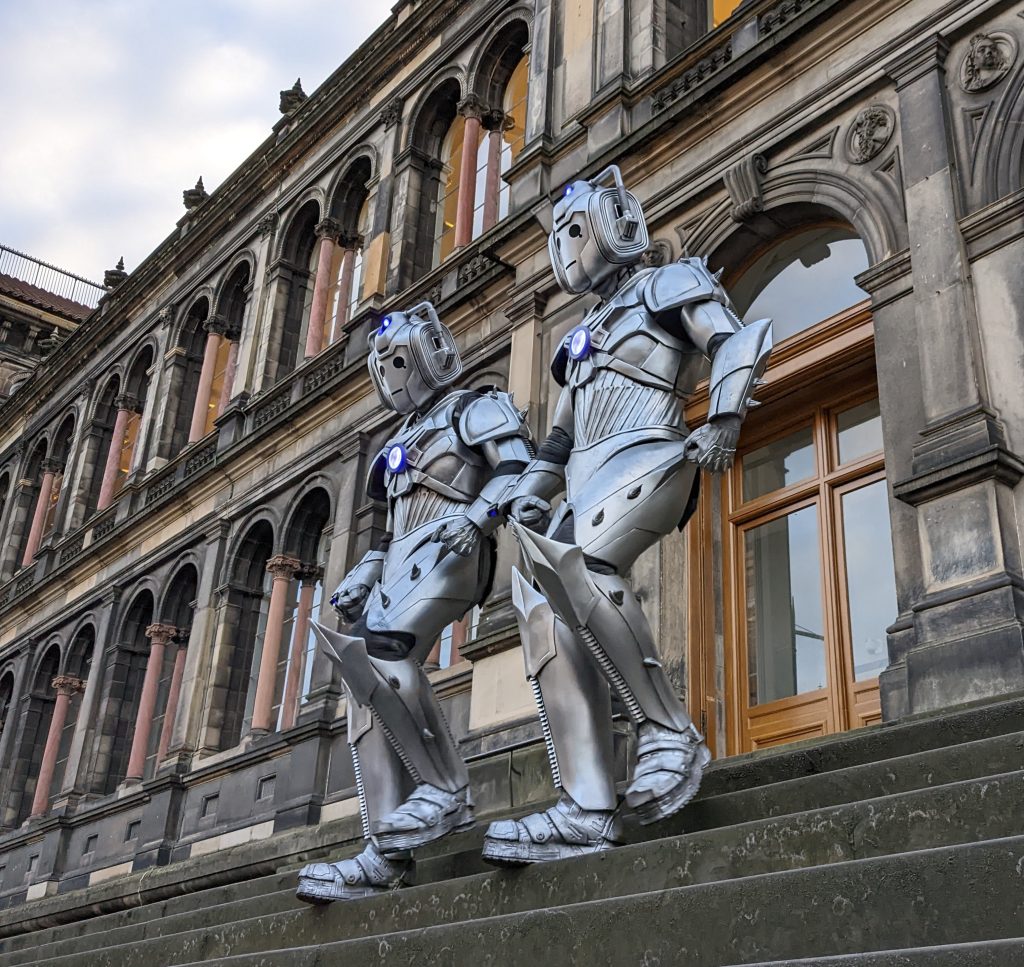
Non-humanoid aliens (AKA ‘monsters’)
The fourth category includes non-humanoid aliens or monsters. This category is the most morphologically diverse and encompasses species that resemble various Earth animals and plants. Some of these species may have biochemistry that is entirely different from that found on Earth, and they may even represent non-carbon-based life forms.
Examples of such species include Rutans, Raxacoricofallapatorians and Abzorbalovians. Some of these species may not even possess a physical body, like Vashta Nerada and Midnight Entity or House.

Unsubstantiated or supernatural
Finally, there is a fifth category of unsubstantiated or supernatural beings that we know very little about. This category includes mythical or supernatural beings like the Guardians of Time, Eternals (including Menti Celesti), Chronovores and Boneless. They mostly exist outside the universe or belong to other universes, making them impossible to classify until we have more reliable information.
Hybrids, chimeras and humanoids, oh my!
The Doctor Who universe is home to some of the most fascinating and imaginative creatures in all of science fiction. However, the classification of these beings is not always straightforward, with many species belonging to more than one category. For instance the Toclafane, descendants of Homo sapiens who have been technologically augmented to the point where they could be considered cyborgs. The same can be said for Cybermen and Daleks.
Additionally, many monsters in the show possess a general humanoid appearance but are actually chimeras, with a mix of humanoid and animal morphologies. Examples of these include the Jaconda Gastropods, Mentors, Tractators, Vervoids, Empress of Racnoss, Skithra Queen, Haths, and Judoon. Sometimes cyborgs are chimeras, incorporating parts and tissues of different individuals and species. Example include Morbius (The Brain of Morbius, 1976) or Half-Face Man (Deep Breath, 2014).
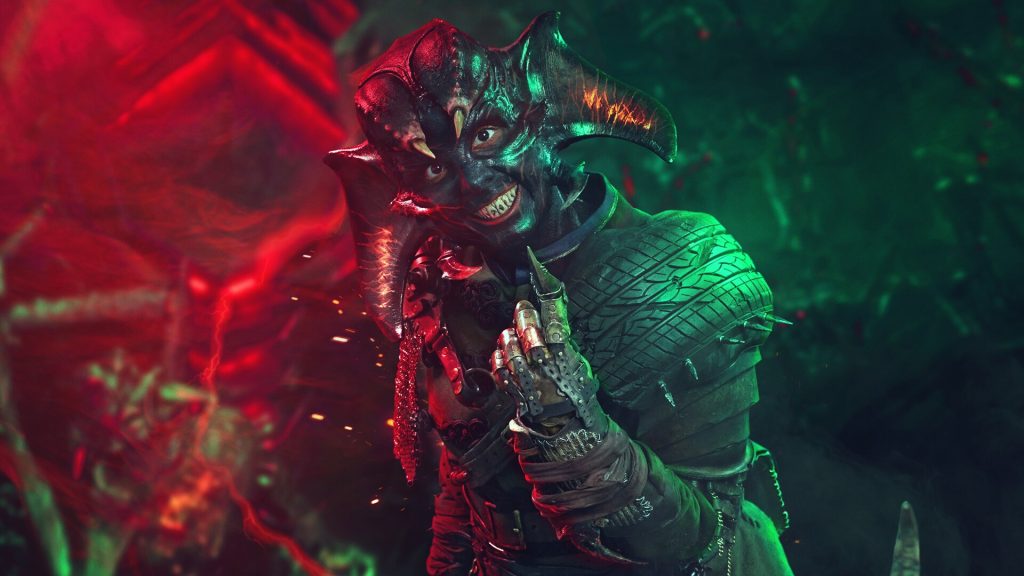
As an entomologist, I find the category of non-humanoid aliens to be the most interesting. Despite the vast array of morphologies and chemistries available to choose from and adapt, the team behind Doctor Who seem to have based a lot of the show’s life forms on real examples from Earth.
Alien biology and human empathy

The observation that strikes me the most about the portrayal of alien species in Doctor Who is that the closer they resemble humans, the more empathetically they are depicted in the show. Chimera aliens based on mammals, such as the Lupari, Cheetah people, Judoon and Catkind, are always shown with compassion or, at the very least, irony. Reptile and fish-based characters are more evenly split between good and evil.
Characters with visually prominent ossification (the formation of bones) are almost always portrayed as evil, as seen in the Sycorax, Fisher King, Monks, Ribbons and Dregs.
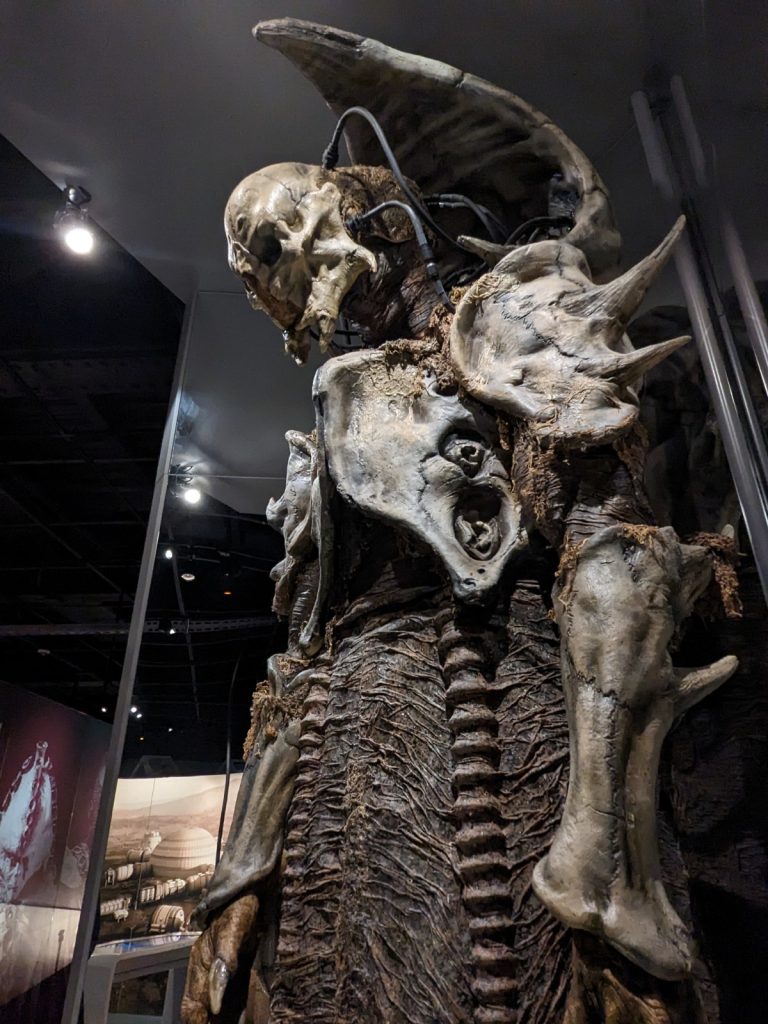
When it comes to invertebrates (animals without a spine such as insects, crustaceans, molluscs, worms, and others), all of them are portrayed as evil with very few exceptions, namely Alpha Centauri, Menoptra, Zarbi, and the giant spiders in Arachnids in the UK (2018). Even then, the Menoptra and Zarbi were corrupted by the spider-like Animus. However, this is a great injustice. Invertebrates are some of the most beautiful creatures on Earth. Unfortunately, many people are scared of them due to their different appearance, and creatives often use these fears to create monsters.
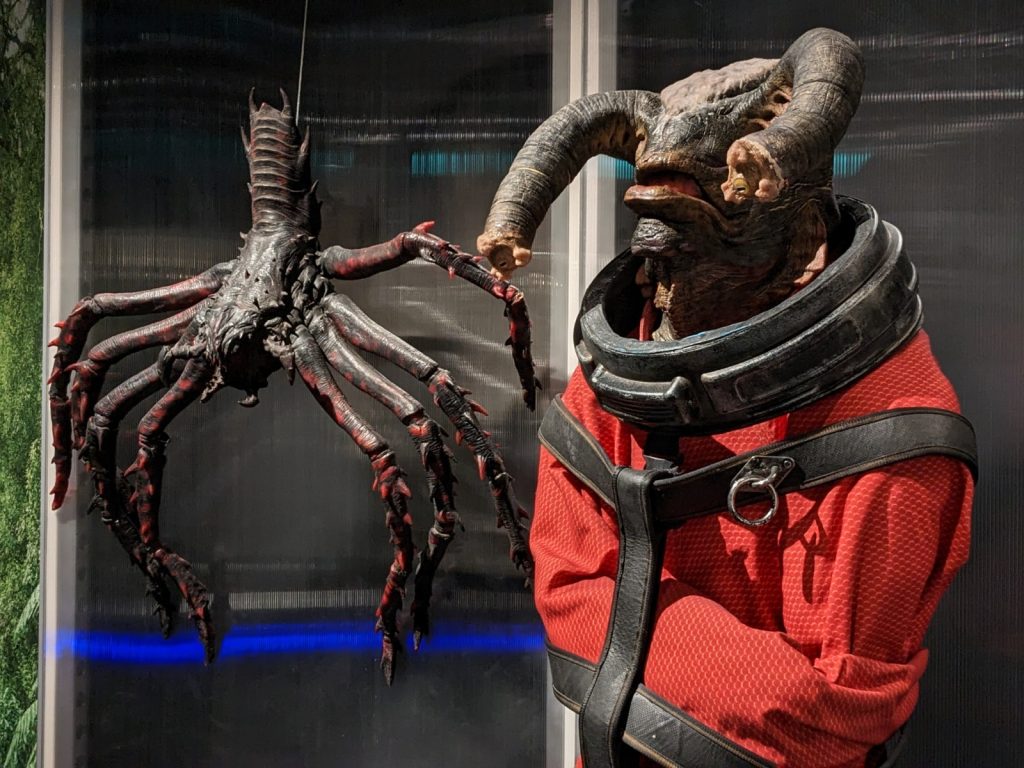
Doctor Who always imparts valuable lessons in compassion. From the Doctor’s inability to destroy the Daleks completely (Genesis of the Daleks, 1975) to their great sympathy towards a giant spider that was mercilessly killed by a billionaire (Arachnids in the UK), the Doctor consistently demonstrates empathy and understanding towards all beings, regardless of their form or origin.
A few cosmic quibbles
As a fan of Doctor Who, I’ve always enjoyed watching the Doctor and their companions travel through space and time, encountering all sorts of monsters and aliens along the way. However, sometimes the result is a compromise on scientific accuracy for the sake of making a good story.
Take the Spider germs in the Kill the Moon (2014), for example. The Doctor, played by Peter Capaldi, calls them “bacteria-like”, which is inaccurate (although he most likely did this to explain something simply to his companions). Bacteria are single-cell organisms with very simple structures. Single cells are unable to move fast, jump, or form articulated appendages. ‘Parasites’ would be a better term.
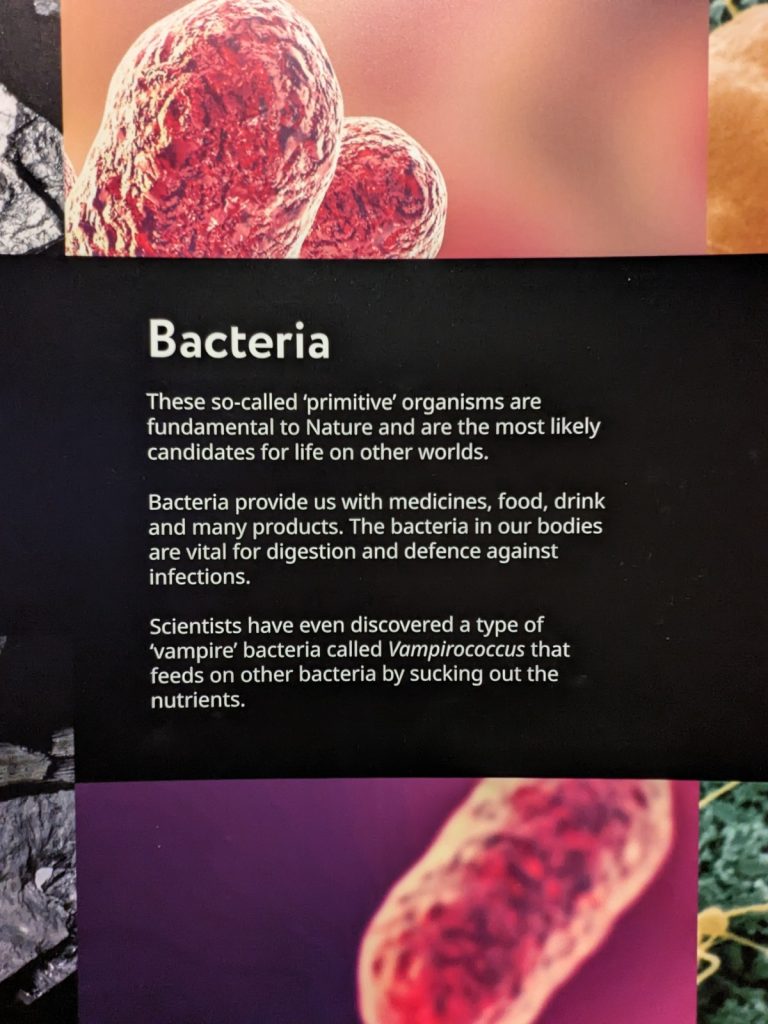
Another scientific inaccuracy can be seen in the Green Death serial (1973), where Jon Pertwee’s Third Doctor encounters giant maggots (legless true fly larvae) that metamorphose into dragonflies. In reality, dragonflies do not have larvae and cannot metamorphose in this way.
Then there are the Slitheen in the 2005 episode Aliens of London, with Christopher Eccleston as the Ninth Doctor. The Slitheen are a family of outlawed intergalactic criminals who were born to hunt, eat humans, and wear skin suits made from their victims. However, within the known rules of our universe, they would not be able to dress in human skins for a very painful reason – human skin is usually slightly acidic (pH 4-5). If a Raxacoricofallapatorian (Slitheen family) explodes when splashed with a pint of pickle juice (pH 3.5-4.5), as we see happen in the episode, it would slowly melt inside its human costume!

Asking the big questions
There are many reasons for scientists to love Doctor Who. It is a show that captures the imagination and challenges our understanding of the universe. Through its intricate storylines and complex characters, it invites us to ponder the biggest questions of existence.
In just this short look at a handful of creatures and characters, we have delved into the very nature of taxonomy, evolution, and our relationship with alien life. By watching Doctor Who, we learn that we must not judge extraterrestrial beings – or, indeed, Earthly ones – based on our own narrow standards, but rather strive to coexist and live in harmony with them.
If I may combine the wisdom of the Eleventh and Twelfth Doctors: Knowledge is the best weapon in the world. Arm yourself, but never fail to be kind. Doctor Who is a true masterpiece of science-fiction, inspiring us to explore the vastness of the universe and our place within it.

Doctor Who Worlds of Wonder is at the National Museum of Scotland until 1 May 2023.
